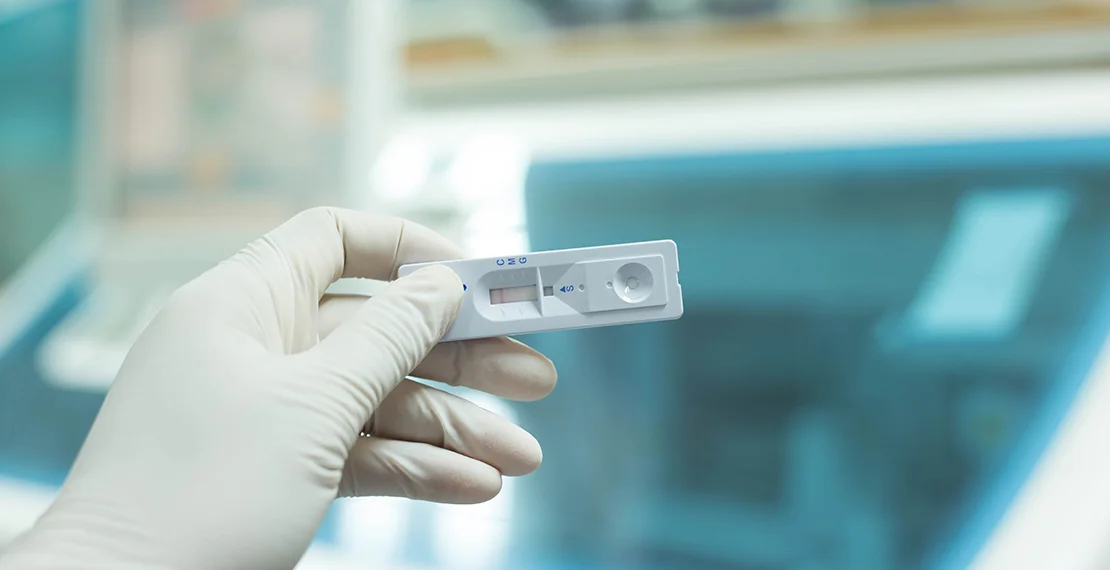Diagnosing diseases quickly and accurately is crucial for effective treatment and positive health outcomes. Traditional diagnostic methods can sometimes take days to provide results, delaying the start of appropriate care. However, new rapid diagnostic technologies are revolutionizing healthcare by enabling fast, on-site medical testing.
The Need for Speed
Traditional Rapid Diagnostics techniques like cell cultures, biochemical tests and imaging scans often requiresamples to be sent to a centralized lab. This centralization was necessary previously due to the complex equipment and expertise required. However, it means waiting at least a day or two to receive results.
During this waiting period, an untreated infection could spread or a disease progress. It also clogs up healthcare systems with people waiting anxiously for answers. Rapid diagnostic tests aim to eliminate these delays by providing results within hours or even minutes. Their development has been driven by a need to:
– Quickly identify infectious diseases and antibiotic resistance, allowing immediate treatment. Healthcare systems have faced increasing threats from drug-resistant bacteria like MRSA and hospital-acquired infections. Rapid detection is key to effective response.
– Improve emergency care and reduce hospital admissions. Emergency departments aim to either diagnose or rule out critical conditions fast. Rapid tests help determine if a patient needs admission or can be safely discharged.
– Contain contagious disease outbreaks. Public health agencies rely on swift identification of cases to trace contacts and contain spread, as seen with the COVID-19 pandemic. Rapid testing is integral to such responses.
– Enable point-of-care testing in remote areas. Traditional diagnostics rely on centralized lab networks that may not reach isolated or low-resource regions. Portable rapid tests expand access to testing.
The Technology Behind Rapid Diagnostics
Major advances underpin modern rapid diagnostic technologies. Their development leverages areas including:
– Microfluidics: The precise manipulation of tiny fluid volumes through miniaturized channels allows automated biochemical testing on microchips or “labs-on-a-chip.”
– Molecular techniques: Advances in nucleic acid testing like polymerase chain reaction (PCR) allow exponential amplification and detection of specific DNA or RNA sequences linked to pathogens.
– Lateral flow assays: Inspired by home pregnancy tests, these simple devices detect target molecules through flow along a sample pad and appearance of visible lines.
– Imaging technologies: More portable devices utilize smartphones to rapidly image biological samples and identify characters through computer vision software.
– Cloud connectivity: Linking rapid diagnostic devices to wireless networks and cloud servers allows real-time reporting of results to clinicians and health authorities.
Current Applications of Rapid Diagnostics
Rapid diagnostic technologies now impact many fields of medicine:
Infectious Disease Testing
– Respiratory infections like influenza, COVID-19, respiratory syncytial virus (RSV) and more can now be detected at point-of-care in under an hour using PCR or other methods.
– Gastrointestinal and other infections testing rapidly identifies culprit bacteria or viruses such as E. coli, Salmonella, norovirus and others to guide treatment.
– Sexually transmitted infections testing through technologies like HIV self-tests or on-site STI panels enables fast treatment or counseling.
Cancer Diagnosis and Monitoring
– Liquid biopsy tests detect genetic anomalies or tumor DNA in blood to aid early cancer screening or tracking recurrence.
– Molecular pathological techniques rapidly profile tumor biopsy samples to determine mutation status and guide targeted therapies.
Cardiovascular Risk Testing
– Point-of-care tests measure biomarkers for heart attack risk, enabling emergency departments to quickly triage patients.
– At-home cholesterol and glucose monitoring empowers prevention and improved control through frequent convenient testing.
The Future of Rapid Diagnostics
Rapid diagnostics have already revolutionized many areas, but further innovations promise to expand their impact:
– Multi-analyte panels will allow concurrent testing for dozens of targets from a single small sample to provide a comprehensive disease profile.
– Whole genome sequencing may become feasible through further miniaturization and automation, enabling fast diagnosis directly from genetic analysis.
– Artificial intelligence will aid interpretation of complex data from imaging and molecular testing, reducing need for expertise.
– “Lab-on-a-chip” designs may see full laboratory functions shrunken down into single portable rapid diagnostic devices.
– Blockchain integration aims to securely link decentralized test results for real-time insights at local, regional and national levels.
As technology progresses, rapid diagnostics edge ever closer to becoming as ubiquitous and effortless as home pregnancy tests. Their potential to reshape healthcare delivery and expedite treatment worldwide is vast. Combined with other innovations like telemedicine, disease monitoring and management may shift substantially outside traditional medical settings in the decades to come. Rapid diagnostics continue their revolution of when, where and how we diagnose disease.
Rapid diagnostic technologies have immense potential to transform healthcare by enabling immediate, on-site medical testing. Their development responds to critical needs around timely treatment decisions, outbreak response and access to care. Advances in microfluidics, molecular techniques, imaging and other areas underpin continued expansion of applications from infectious disease to cancer screening. Further revolution is yet to come as these pint-sized tests integrate additional functions and data analytics to strengthen real-time disease surveillance worldwide. Rapid diagnostics will remain at the forefront of efforts for more preventive, proactive and patient-centered medical care globally.
*Note:
1. Source: Coherent Market Insights, Public sources, Desk research
2. We have leveraged AI tools to mine information and compile it

